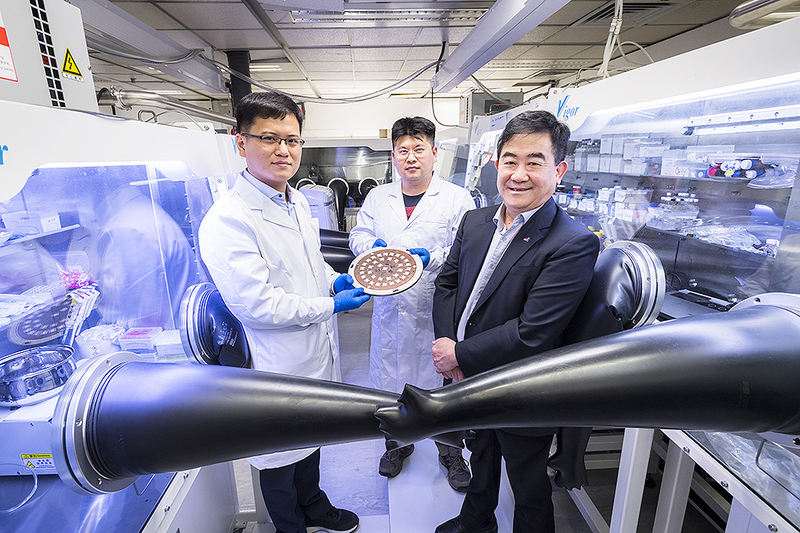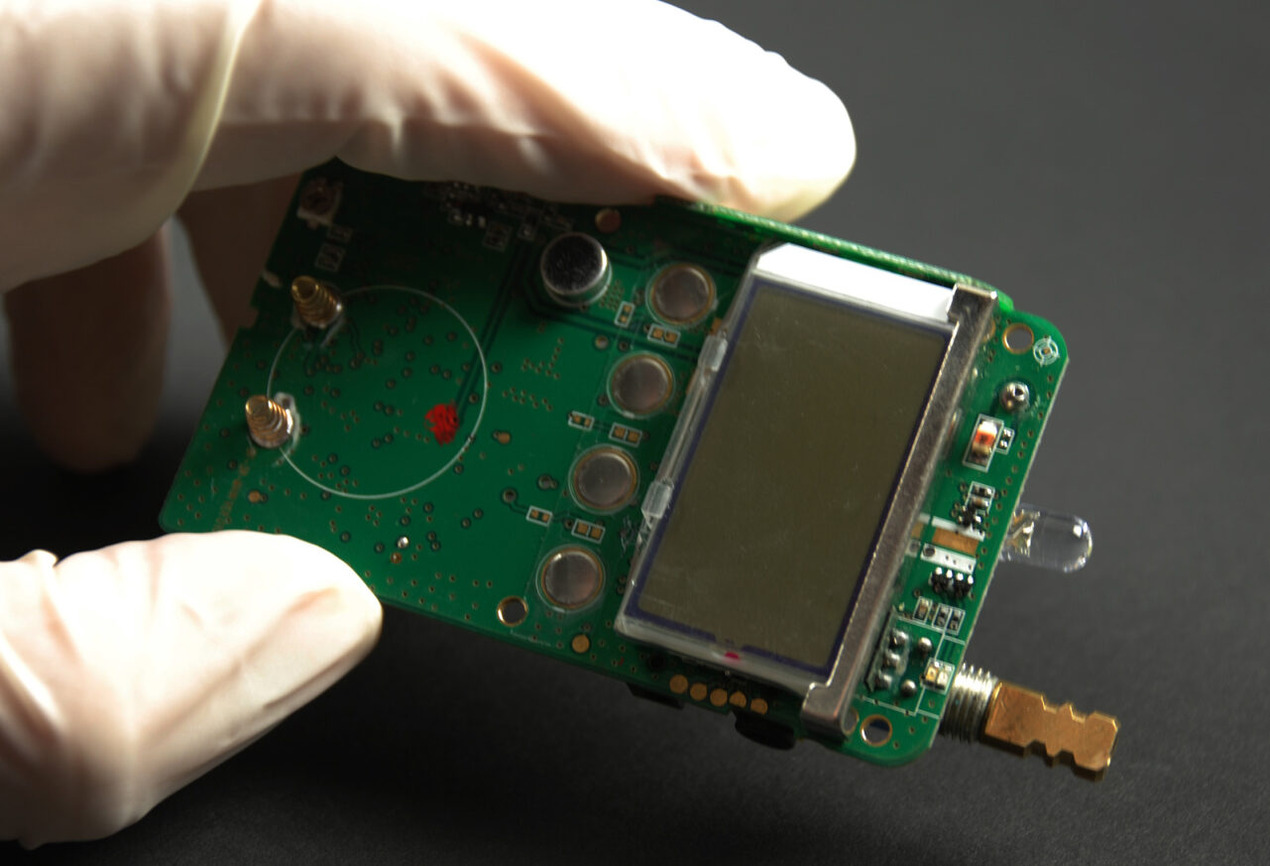
As Hong Kong reckons with the havoc wreaked by the novel coronavirus (Covid-19), local universities are pushing through and putting forward remarkable findings and research.
For example, pioneering research led by scientists at City University of Hong Kong (CityU) has led to the development of the most efficient all-inorganic inverted perovskite solar cells (PVSCs) to date.
This novel approach will contribute to cost-effectively addressing the global energy issue.
PVSCs are a type of solar cells produced by metal halide perovskite materials, which are an attractive option for renewable energy technologies due to their high efficiency and low manufacturing cost.
The all-inorganic inverted PVSCs developed in the year-long research project have achieved a recorded efficiency of 16.1% and a certified efficiency of 15.6%. This level of efficiency has great potential to enhance the stability and practical value of PVSCs.
The findings were published in Nature Communications under the title “Highly efficient all-inorganic perovskite solar cells with suppressed non-radiative recombination by a Lewis base”.
PVSCs, especially the organic-inorganic hybrids, have shown remarkable progress since they first emerged a decade ago, with efficiency improving from 3.8% in 2009 to 25.2% in 2019. However, the hybrids are intrinsically unstable at high temperature, and more likely to be influenced by humidity.
The research team has resorted to all-inorganic PVSCs that demonstrate better thermal and photostability, but which are less efficient. A novel strategy for improving efficiency has been devised, too.
It involves a strategy called passivation, i.e. adding an organic functional material during the film fabrication process to eliminate surface defects on the inorganic perovskite film, resulting in the improved efficiency of the PVSCs and enhanced stability.
The Provost of CityU and Chair Professor of Chemistry and Materials Science stated that the team’s research has shown that the all-inorganic inverted PVSCs can achieve a 16.1% efficiency, but there’s also potential to go higher.
The future potential of PVSCs will allow roll-to-roll processing with high efficiency, which comes with the added advantage of being semi-transparent. This means future PVSCs could be used as an alternative for building-integrated photovoltaics.
“The manufacturing of PVSCs would be like printing newspapers,” said the Professor stated referring to the future of the new technology.
The all-inorganic PVSCs can be very competitive for their high efficiency and thermal stability.
“The hope is to provide a similar level of efficiency compared to the organic-inorganic hybrid system,” said the Assistant Professor in CityU’s Department of Chemistry and a member of the research team.
Besides, the configuration of the all-inorganic inverted PVSCs is arranged in a way that’s suitable for fabricating tandem cells. Because an array of tandem cells reacts to different aspects of the sunlight spectrum, the PVSCs in the study have the potential to raise the power conversion efficiency (PCE) of the application.
If only one material is used on the solar modules, only a limited spectrum of sunlight is absorbed, and hence converted to power.
By optimising the materials and interfaces of the solar cell to absorb a wider spectrum of sunlight, the future PCE of the PVSCs using tandem cells is estimated to be over 30%.
The two professors from City and a third professor from the South China University of Technology are the corresponding authors of the paper. The first authors are a CityU PhD student and a postdoctoral fellow from CityU’s Department of Chemistry.
















